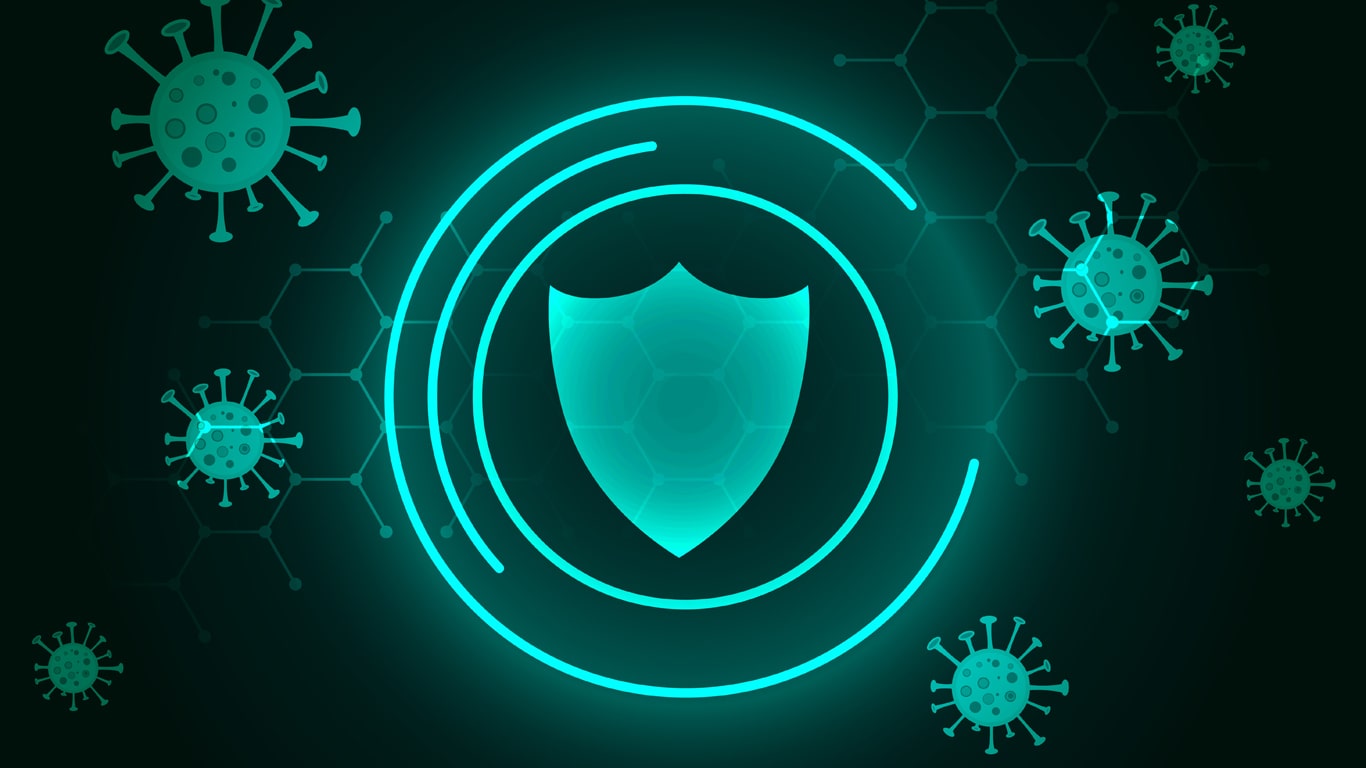 Antivirus software offers several advantages and disadvantages in terms of computer security and system performance. Here's a breakdown of the pros and cons:
Antivirus software offers several advantages and disadvantages in terms of computer security and system performance. Here's a breakdown of the pros and cons:
Advantages:
Malware Protection: Antivirus software provides essential protection against various types of malware, including viruses, worms, Trojans, ransomware, spyware, and adware. It helps prevent malware infections and keeps the system safe from malicious threats.
Real-time Scanning: Antivirus programs offer real-time scanning capabilities, continuously monitoring files, applications, and activities on the computer system. Real-time scanning detects and blocks malware in real-time, preventing infections before they can cause harm.
Automatic Updates: Antivirus software regularly updates its malware definitions and detection techniques to keep up with new and emerging threats. Automatic updates ensure that the antivirus program is equipped to detect and counter the latest malware variants, enhancing overall security.
Quarantine and Removal: When antivirus software detects malware, it takes action to quarantine or remove the infected files from the system. Quarantine isolates malicious files to prevent further damage, while removal eliminates the malware entirely, restoring system integrity.
Email and Web Protection: Many antivirus solutions offer email and web protection features to safeguard users from malicious email attachments, links, and websites. These features help prevent users from inadvertently downloading or accessing harmful content.
Firewall Integration: Some antivirus software includes firewall functionality to monitor and control network traffic. Integrated firewalls add an extra layer of security by filtering incoming and outgoing network connections, blocking unauthorized access, and preventing network-based attacks.
Disadvantages:
System Resource Usage: Antivirus software consumes system resources, including CPU, memory, and disk space, which can impact system performance. Resource-intensive antivirus programs may slow down the computer, especially on older or less powerful systems.
False Positives: Antivirus software may occasionally flag legitimate files or applications as malicious, resulting in false positives. False positives can disrupt normal operations and cause inconvenience to users by blocking or quarantining harmless files.
Cost: While some antivirus software is available for free, premium antivirus solutions typically require a subscription or one-time purchase. The cost of antivirus software can add up over time, especially for businesses or individuals with multiple devices.
Over-reliance: Users may develop a false sense of security and become complacent when relying solely on antivirus software for protection. While antivirus is an essential component of cybersecurity, it's important to adopt a layered approach to security and implement other measures, such as regular software updates, strong passwords, and safe browsing habits.
Limited Protection: Antivirus software primarily focuses on detecting and removing malware, but it may not protect against all types of cyber threats, such as phishing attacks, social engineering scams, or zero-day exploits. Users should complement antivirus protection with additional security measures to mitigate these risks.
Overall, while antivirus software offers crucial protection against malware infections, users should weigh its advantages and disadvantages and adopt a comprehensive approach to cybersecurity to effectively safeguard their computer systems and data.
Thank you,
